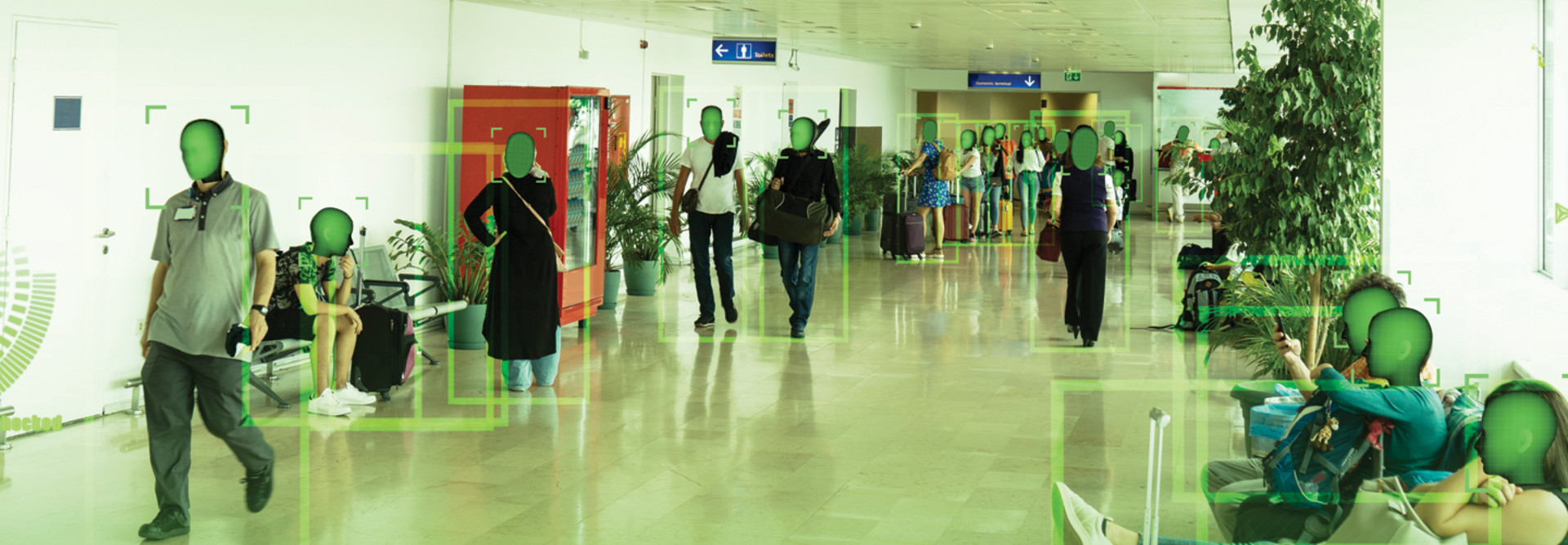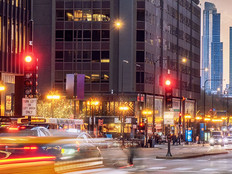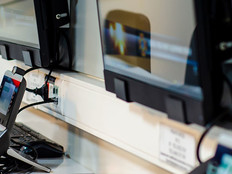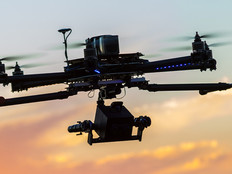When and how should police departments and other public safety agencies use facial recognition technology? Should they do so at all? These questions are being more hotly debated in the country than perhaps ever before.
Police departments say that facial recognition solutions allow them to pursue investigations of criminal suspects with greater efficiency and are just one tool in a toolbox. Civil libertarians have pushed back, arguing that public safety agencies overuse the technology and that it can lead to the arrest of innocent individuals.
Some city governments and police departments have recently taken steps to recalibrate their facial recognition policies to strike a greater balance between the two sides of the debate.
These efforts indicate that there are ways to effectively use facial recognition solutions while balancing privacy concerns.
MORE FROM STATETECH: Discover how public safety agencies use video wall technology.
The Debate Churns Over Police Use of Facial Recognition Tech
In September, California lawmakers voted to temporarily ban the use of facial recognition technology in law enforcement body cameras.
As CNN reports, the legislation, known as the Body Camera Accountability Act, sits with California Gov. Gavin Newsom, who must decide whether or not to sign it into law by Oct. 13. If he does, the law would go into effect in January.
The Washington Post reports that the “ban has earned praise from privacy and civil rights advocates, who have long argued that the technology could be deployed for mass surveillance and lead to more false arrests.”
The California action comes as a coalition of activist groups representing more than 15 million combined members under the umbrella group Fight for the Future is pushing for a federal ban on law enforcement’s use of facial recognition technology. Three cities — San Francisco and Oakland, Calif., and Somerville, Mass. — have banned the technology so far.
However, despite these actions, a Pew Research Center survey finds that a majority of Americans (56 percent) trust law enforcement agencies to use these technologies responsibly.
Further, the survey found that 59 percent say it is “acceptable for law enforcement to use facial recognition tools to assess security threats in public spaces,” according to Pew. Notably, acceptance of the technology for law enforcement does not extend to other areas. In terms of its responsible use, technology companies and advertisers only received support from 36 percent and 18 percent of respondents in the survey, respectively.
MORE FROM STATETECH: Find out how the Chicago Police Department is tapping more video sources to solve crimes.
Police Departments Seek to Use Facial Recognition Tools Responsibly
How are police departments using facial recognition tools today? Lt. Derek Sabatini of the Los Angeles County Sheriff’s Department tells NPR that the technology is an investigative tool.
The department takes still images from crime scenes and compares them to a database of booking photos.
“So, we take crime scene images and compare them to criminals in order to develop leads,” he says. “And one of the other things that people also mistake is identification. You’ll hear it used all the time, about, ‘Well, the facial recognition, it identifies individuals.’ It doesn't identify anybody. It's an investigative lead.”
City governments and police departments have taken steps to limit the use of facial recognition. In 2017, the Metropolitan Council of Nashville and Davidson County passed an ordinance requiring council approval before deploying facial recognition tools via commercial agreements.
In August, the Detroit Police Department adopted a proposal that puts limits on how the agency can use facial recognition software. The tools can only be used on still images of criminal suspects linked to serious crimes, such as homicide and armed robbery, according to the plan. “It prohibits using the software to scan faces in real time, though the technology the department has is capable of doing that,” Michigan Radio reports.
As Detroit’s experience makes clear, there are steps that cities and their police departments can take to address concerns about privacy when it comes to facial recognition. However, governments and public safety agencies across the country should be aware that they need to respond to efforts to regulate the use of the technology. For example, the American Civil Liberties Union has been leading an effort for several years known as Community Control Over Police Surveillance, which seeks to pass laws that “ensure residents, through local city councils are empowered to decide if and how surveillance technologies are used, through a process that maximizes the public’s influence over those decisions.”
According to the ACLU, CCOPS laws have “already been secured in more than a dozen jurisdictions and local CCOPS efforts have sprouted up in more than thirty cities, ranging in size from a few thousand residents to more than 8 million.” City CIOs, police chiefs and other stakeholders need to be aware of these efforts and have plans in place to respond to civil liberties groups and concerned residents.
A March 2019 white paper created by the IJIS Institute and the International Association of Chiefs of Police notes that technologies like facial recognition systems are “essential to help police maintain order in the modern world” but that their success as an effective tool for law enforcement “are dependent upon ensuring that they are properly deployed and used.” The white paper concludes that law enforcement agencies “must work closely with the communities to explain their use, educate the public on the capabilities, and demonstrate how the use of facial recognition technology will benefit public safety.”
The white paper recommends that law enforcement “completely engage in public dialogue regarding purpose-driven facial recognition use, including how it operates, when and how images are taken and retained, and the situations in which it is used.” Additionally, police departments should be able to demonstrate appropriate uses of facial recognition to bolster confidence in them and avoid further mistrust.
The report also notes that public safety agencies should “widely publish facial recognition success stories to heighten overall awareness of its usefulness, especially those cases in which suspects are exonerated, or where facial recognition is used to protect vulnerable persons.”
Finally, best practice guides and models “should be immediately established and broadly adopted, to include training benchmarks, privacy standards, human examiner requirements, and antibias safeguards.”
If you work for a police department or city government that has successfully struck this balance, we would love to hear from you.
Police forces’ use of facial recognition technology is not an all-or-nothing equation. City governments and police departments can take steps to deploy the solutions — in concert with the will of the people they are supposed to serve.
This article is part of StateTech's CITizen blog series. Please join the discussion on Twitter by using the #StateLocalIT hashtag.












